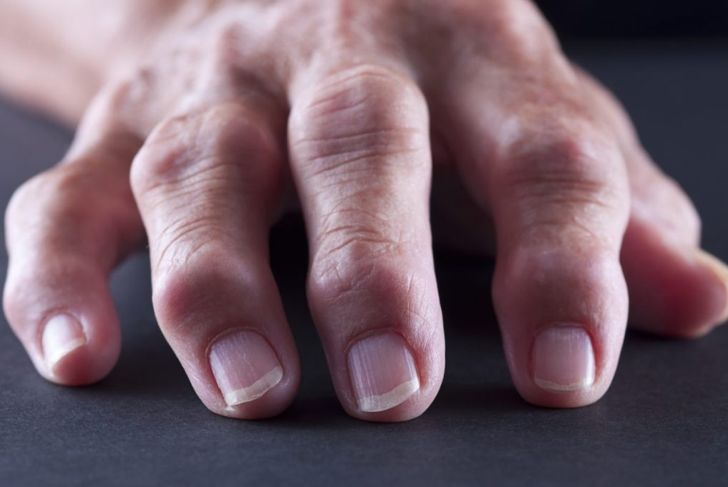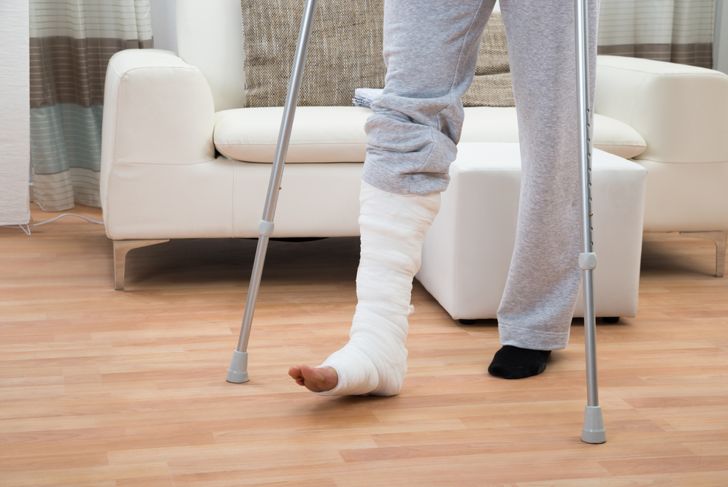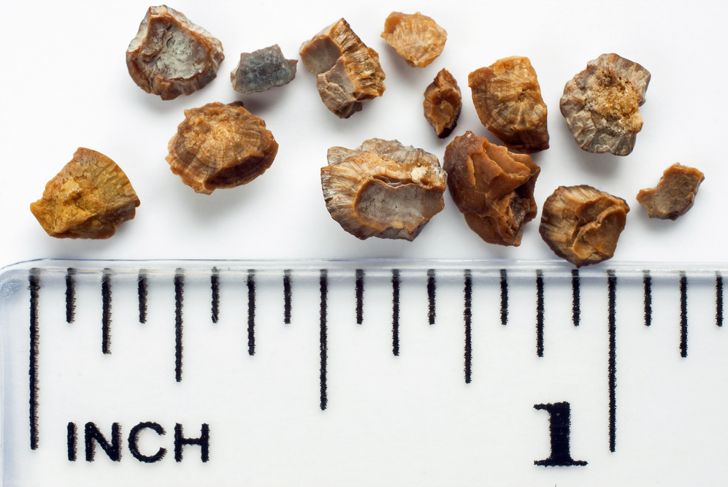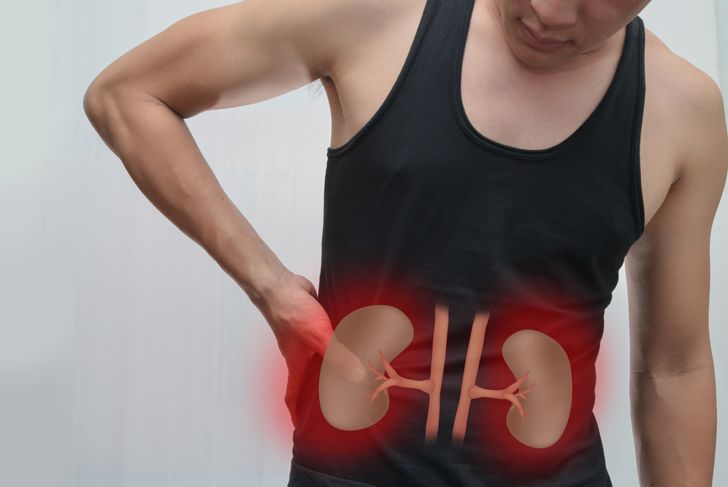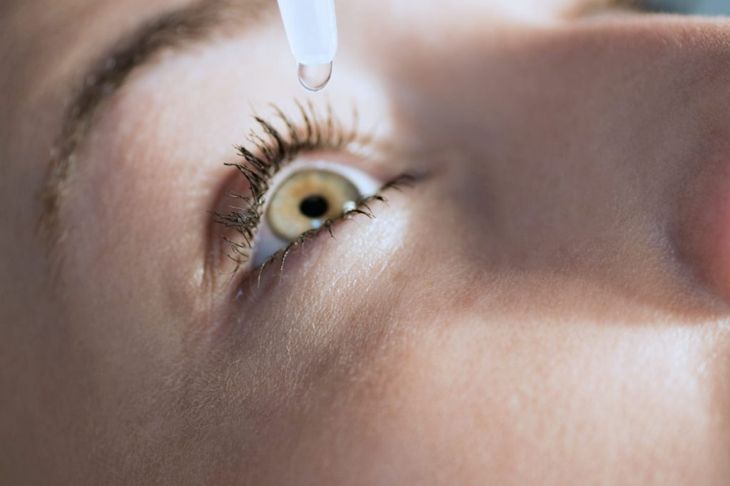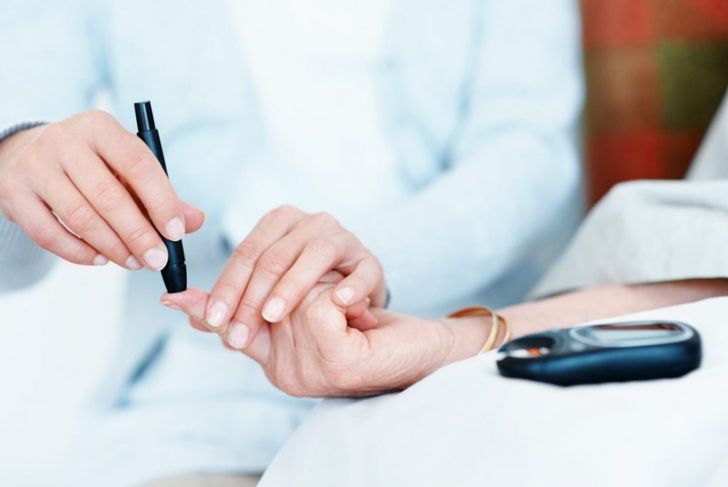Gout is a condition where a person’s joints—most commonly the big toe—becomes inflamed with urate crystals. This condition often makes itself known at night, when the person awakens to discover a hot, painful sensation in the affected joint. It is not uncommon for people to develop other conditions due to gout. The complications that develop depend on how long the individual has been affected.
Tophi
When a large number of urate crystals accumulate in the body, they can create raised bumps on the skin. These bumps are called tophi, and they are a sign of severe gout. In some cases of tophi, the white or yellowish urate crystals can be seen beneath the skin. Without treatment, inflamed tophi can burst, releasing a creamy discharge.
Osteoarthritis
Since gout affects the joints, it is technically a form of arthritis. Osteoarthritis, a breakdown of bone cartilage, can occur in people with gout. This association goes both ways: someone with osteoarthritis may find their flare-ups increase after developing gout.
Bone Erosion and Fractures
A study in the Journal of Bone and Joint Surgery suggests that urate crystals can rub against the joints, causing damage and possibly leading to fractures. These bone injuries do not necessarily take place in the area of the body where gout first appeared. In fact, the study noted examples of a foot fracture, patella fracture, and snapping of a prosthetic hip, all due to bones weakened by over-production of urate crystals.
Kidney Stones
Kidney stones are a collection of minerals that crystallize together into stone-like formations. Unlike tophi, these stones are made from a variety of minerals, though they do include uric acid as well. High levels of uric acid may encourage kidney stone development. These stones enter the urinary tract, causing bloody urine and extreme pain. In some cases, a severe kidney stone attack will require a visit to an emergency room.
Kidney Failure
In addition to building up as stones in the urinary tract, uric acid crystals can accumulate on the kidney itself. This build-up can actually create scars on the kidney. If these scars and the accumulated uric acid crystals are not treated, the patient is likely to face kidney failure in the future.
Dry Eye Disease
A recent study published in the Journal of Clinical Medicine showed that people with gout are likely to develop dry eye disease. The longer someone has this inflammatory disease, the worse eye dryness can become. Someone who has had gout for ten years or more runs the possibility of experiencing extreme eye dryness.
Cardiovascular Disease
Gout increases the likelihood of many cardiovascular issues ranging from hypertension to obstructive coronary artery disease. The American Heart Association published a recent study showing that people with gout are likely to experience more extreme cardiovascular problems than people without it.
Depression
Another common gout complication is depression. Studies have shown that people with gout are more likely to experience depressive episodes than people without the condition. Fortunately, successful medical treatment that reduces the pain and debilitation helps decrease the chance of further depressive episodes.
Diabetes
Gout is a form of arthritis, and some of its complications are similar to the complications of osteoarthritis. A study in the journal Arthritis and Rheumatology found that people with gout are more likely to develop type 2 diabetes than people with osteoarthritis. The study noted that one of the reasons for this might be the difference in urate levels.
Cancer
According to the Arthritis Foundation, studies have shown that leaving gout untreated for a long time increases the risk of developing cancer. While some people may believe that gout is nothing more than an inflammation of the toe, the truth is that without medical attention, it can lead to serious complications.
Recurrent Flare-Ups
Inadequate or improper gout treatment can lead to recurrent, acute attacks. Without treatment, these flares can last seven to 10 days. They often begin with inflammation of the big toe, known as podagra, but can also affect the feet, knees, wrists, hands, and elbows.Once a flare-up subsides, an individual enters an “intercritical period” of no gout symptoms. This reprieve can last for a variable length of time. Some people have no recurrence, but many experience more frequent episodes that can lead to advanced gout and joint destruction.
Mental Complications
Many people with gout have excessive uric acid in their blood because of a dysfunctioning purinergic system. This system breaks down purines — the building blocks of DNA, RNA, and ATP molecules — and creates uric acid as a by-product. Research suggests that some people with too much serum uric acid are 34 times more likely to develop bipolar disorder than those with low uric acid levels.
Sleep Disruption
Research has observed an inverse relationship between serum uric acid concentrations and sleep duration. Some studies suggest that inadequate sleep might trigger metabolic pathways that increase the production of purines and uric acid. In turn, elevated uric acid levels promote systemic inflammation. However, there is evidence that chronic inflammation may lead to insomnia.Gout-induced sleep disturbances commonly arise from pain or the inability to find a comfortable resting position. Medication side effects and chronic joint pain or swelling also impede rest. Many people with gout have to make frequent trips to the bathroom during the night, as well.
Risk Factors
A variety of factors can raise the risk of developing gout. Comorbidities include diabetes, metabolic syndrome, and diseases of the heart and kidneys. Low-dose aspirin, thiazide diuretics for hypertension, and anti-rejection medications for organ transplants can increase uric acid levels.Excess weight causes the body to produce more uric acid and makes the kidneys work harder to eliminate it, raising a person’s risk. Additionally, a family history of gout makes it more likely to develop the disease. Men deal with gout more often than women and tend to develop it earlier in life.
Prevention
Dietary and lifestyle changes may help protect against gout flare-ups. Avoid foods that trigger attacks, including refined carbohydrates and too much red and organ meat. Drink plenty of water and limit alcohol and beverages sweetened with high-fructose corn syrup.Strive to achieve and maintain a healthy weight. However, people trying to lose weight should do so at a safe and slow rate, as rapid weight loss and fasting can cause a temporary spike in uric acid levels. Aim to incorporate 30 minutes of moderate physical activity at least five days a week.

 Home
Home Health
Health Diet & Nutrition
Diet & Nutrition Living Well
Living Well More
More